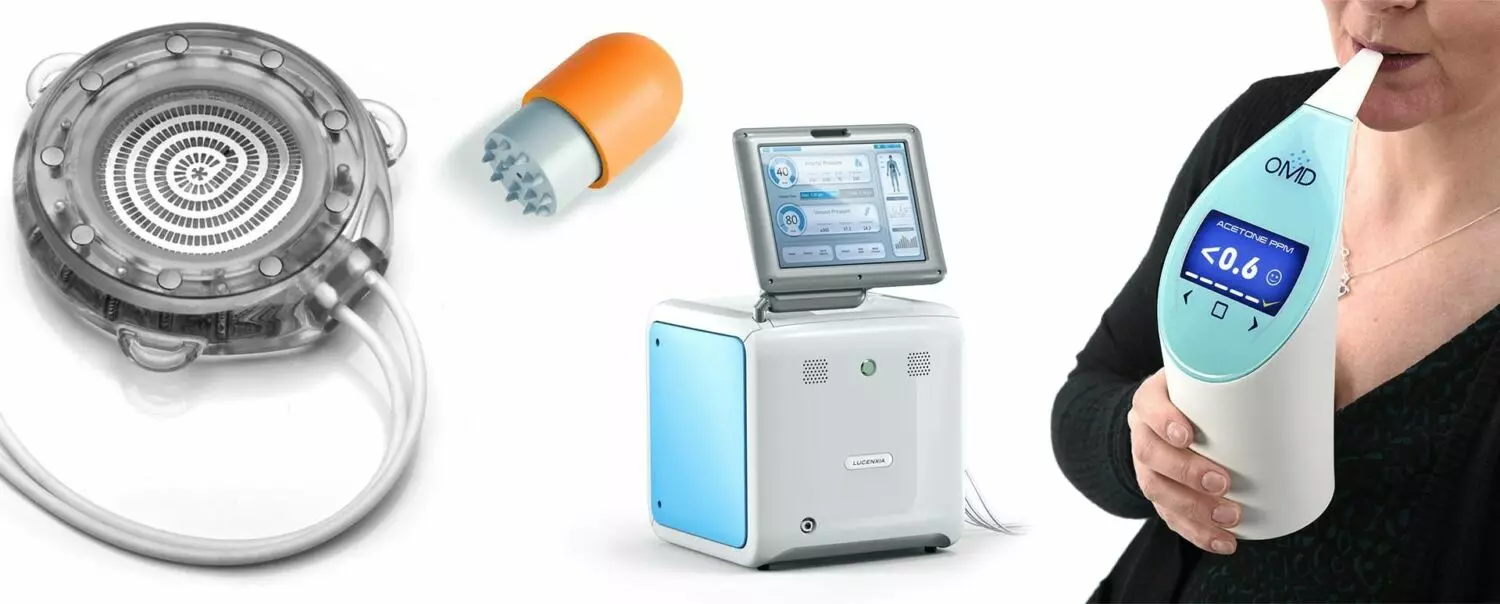People don’t want technology, they want what technology does,” says Michael Phillips, by attempting to make medical devices do more, medical designers are at-risk of undermining the fundamental purpose of these devices – to make people better.
For Michael and the design team, the beauty of well-designed technology isn’t in its complexity, but its simplicity. “The art of great industrial design is in creating the efficient and effective interface between human and device,” he says. “It’s about satisfying all the senses.” Nowhere is this more important than in the world of medical devices design, where products should be judged on their useability and their effectiveness. It’s not designers who will make this final judgement, it’s users.
“The better the products we create, the more clinicians are likely to adopt them or the more patients are likely to use them,” he says. ‘’They are not going to be effective if they stay in the packet or in the cupboard. Further, if devices are not appealing to use, then it is well understood that compliance, or adherence to a medical regime or treatment will suffer.’’



